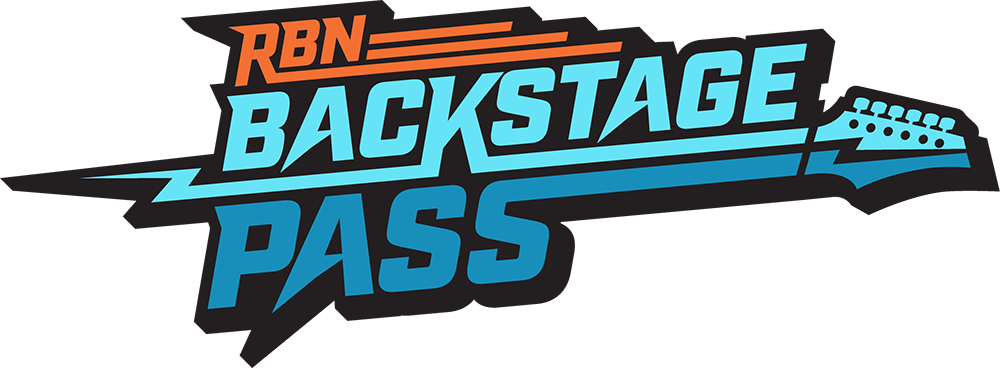Natural gas production out of Oklahoma’s SCOOP and STACK plays has been resilient in the face of lower oil and gas prices and is expected to grow by about 1.5 Bcf/d over the next five years. But with the Marcellus/Utica increasingly competing for both pipeline capacity and demand markets outside the Northeast region, the question is where can and will the new SCOOP/STACK supply go? That will be dictated in large part by where demand is growing—primarily along the Gulf Coast—and where the price differentials are attractive. But flows also can be hindered or facilitated by another, preeminent factor: pipeline takeaway capacity. Today we explore the potential for takeaway constraints out of the SCOOP and STACK.
Earlier this week, we published our latest analysis and projections on production and infrastructure out of the SCOOP/STACK in the Drill Down Report, “Will Natural Gas Production in the SCOOP/STACK Be OK?” We’ve also posted some of that analysis on the RBN blogosphere in the “Stardust, And Much More” blog series.
The SCOOP and STACK plays (acronyms for South Central Oklahoma Oil Province and Sooner Trend Anadarko Canadian Kingfisher, respectively) are located within an 11-county area of central Oklahoma where drilling for crude oil, natural gas liquids (NGLs) and condensates in the Woodford and Meramec formations of the Anadarko Basin is driving a revival of associated natural gas production volumes (see Scoop-y Doo and All Come to Look for a Meramec). As we noted in Part 1 of this series, gas production from the Midcontinent (Midcon) region has been in decline since mid-2014 when oil prices crashed, but gas production from Oklahoma has remained fairly flat in that time, propped up by rising gas volumes from the SCOOP and STACK plays. The two plays have some of the highest internal rates of return (IRRs) among oil-focused plays, second in profitability only to the Permian Basin.
Join Backstage Pass to Read Full Article







